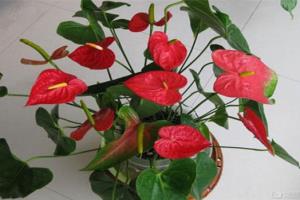Culture methods and matters needing attention of Phnom Penh Cymbidium
Phnom Penh Cymbidium reculture process often occurs in the leaf yellow situation, Phnom Penh Cymbidium in the breeding process should pay attention to what problems?
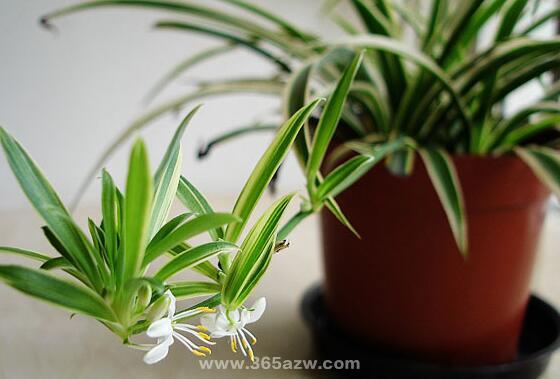
Culture method of Phnom Penh Cymbidium
1. Reproduction: the breeding methods of Phnom Penh orchid include cutting, ramet, sowing and so on, which can be used in spring or autumn. Phnom Penh Cymbidium has high survival rate and strong adaptability, so it is easy to cultivate and propagate. Just insert the new buds into the soil with 5-10cm, take root in a week, then wait about 15 days to transplant them into the basin, pour water and put them in a cool place for maintenance.
2. Temperature: Phnom Penh Cymbidium prefers a warm and humid climate with strong adaptability but not cold resistance. The best temperature for the growth of Phnom Penh is 20 ℃ 24 ℃, and the growth will stop when it exceeds 30 ℃, and the leaves are easy to turn yellow and dry tip, so we should pay attention to control the temperature, while the lowest overwintering temperature of Phnom Penh is about 10 ℃ in winter.
3, light: Phnom Penh hanging orchid likes bright semi-shaded environment, spring and autumn should avoid direct sunlight, and strong summer light should pay attention to shading, about 50% shading during the day, Phnom Penh orchid will grow more beautiful in places with weak light, yellow Phnom Penh is more obvious, leaves are brighter. But there should be more sunshine in winter to keep the leaves tender and fresh green.
4. Moisture: Phnom Penh Cymbidium likes enough water all the year round and has a certain ability to resist drought. Spring and autumn is the peak growing season of Phnom Penh orchids, so we should pay attention to timely watering to keep the soil moist, but avoid stagnant water in the basin. During the peak growing season, clear water should be sprayed to the branches and leaves to avoid the withered, yellow and dry tip of Phnom Penh. In the dry season and high temperature in summer, water should be sprayed around the plant and on the leaf surface more often.
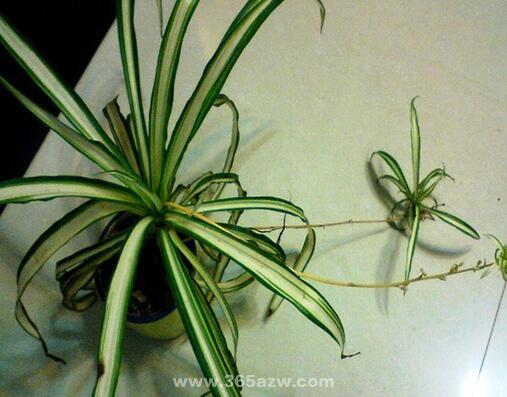
5. Prune and change the basin. The growth rate of Phnom Penh is fast, and with the continuous growth of the plant, in order to maintain its good plant shape and improve the ornamental value, we should pay attention to timely pruning branches and leaves. The old leaves at the base of Phnom Penh should be cut frequently, if the plants grow too densely, they should be pruned properly to make the plants ventilated and grow well.
6. Disease and pest control. Because Phnom Penh Cymbidium grows rapidly and has a strong ability of growth and reproduction, it is easy to lead to dense plants and poor ventilation, so it is easy to suffer from scale insects and other harms. In such cases, we should give priority to prevention, pay attention to pruning, thinning branches and leaves, and keep ventilating. If pests have been found, they should be sprayed in time to kill them.
Cause analysis and treatment of yellow leaves of Phnom Penh orchid:
The main results are as follows: 1. The loss of nutrition leads to the yellowing of the leaves of Phnom Penh: the various nutrient elements in the basin soil have been exhausted, the three elements of nitrogen, phosphorus and potassium have not been replenished in time, the plant is lack of nutrients, and the leaves are yellow and thin.
Solution: fertile loam and fertile water should be replaced in time.
2. the lack of sunlight leads to the yellowing of Phnom Penh leaves (lack of light yellow): although Phnom Penh is a semi-negative flower, at least four hours of astigmatism should be seen every day, otherwise the chlorophyll will decrease and the leaves will turn yellow.
Solution: Phnom Penh should set aside free time every day to put the orchid in the sun for a few hours, but not too much exposure to the sun.
3. Phnom Penh orchid leaves yellowing (fat yellow) caused by excessive fertilization: excessive fertilization caused leaves yellowing, fertilization exceeded the needs of the plant, the leaves were bright and uneven at the beginning, and then the roots rotted, and the leaves were yellow.
Solution: stop fertilizing, irrigate more water, or turn the pot to clean the root and replace the new soil.
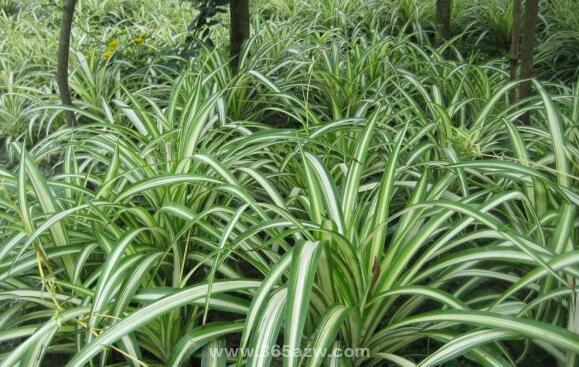
4. Phnom Penh's long-term lack of fertilizer leads to yellowing of leaves (lack of fat): Phnom Penh is a foliage plant that prefers fertilizer. If there is not enough fertilizer and water, the orchid is easy to age, the leaves turn yellow and lose its ornamental value.
Solution: when you are fertilizing, it is best to apply organic fertilizer every 7 to 10 days; for Phnom Penh, Jinxin and other mosaic varieties, you should apply less nitrogen fertilizer, so as to avoid the phenomenon that the color of flowers and leaves fade or even disappear. It is necessary to properly apply some organic fertilizers made from bone meal and eggshell retting. After these organic fertilizers are fully fermented, take an appropriate amount of diluent and water them once every 10 to 15 days, so that the flowers and leaves of Cymbidium can be bright and bright.
5. The rotten roots lead to the yellowing of the leaves of Phnom Penh: the long-term accumulation of water in the basin soil makes it difficult for the roots to breathe, which leads to the yellowing of the leaves.
Solution: loosen the soil and control moisture in time. Fifth, it is impervious to water for a long time. The roots of Cymbidium lose water, and the lower old leaves turn yellow. It should be watered thoroughly to keep the basin soil warm and moist.
6. Diseases and insect pests cause the leaves of Phnom Penh to turn yellow: the disease is generally caused by stagnant water in basin soil and poor ventilation.
Solution: at this time should be timely spray prevention.
Propagation method of Phnom Penh orchid:
Cymbidium can be propagated by cutting, ramet, sowing and other methods.
The main results are as follows: 1. The method of cuttage propagation: the propagation can be carried out at any time from spring to autumn, and the orchid has strong adaptability and high survival rate, and is generally easy to reproduce. When planting, as long as the stolon with new buds of 5-10 cm is inserted into the soil, it can take root in about a week, transplant in a pot in about 20 days, and be watered thoroughly and maintained in a shady place.
2. The method of split-plant propagation: during split-plant propagation, the plant of Cymbidium can be lifted out of the basin, the old soil and rotten root can be removed, and the old root can be cut open, so that there are three stems on the split plant, and then transplanted and cultured respectively. The clustered stems and leaves on the stolon of Cymbidium can also be cut (in fact, it is a new plant larva, with leaves on the top and air roots on the bottom), and can be planted directly in the flowerpot.
3. The method of sowing and propagation: the seed propagation of Cymbidium can be carried out in March every year. Because its seed grain is not big, the covering soil above should not be thick after sowing, generally 0.5 cm. Under the condition of 15 ℃, the seeds can germinate in about 2 weeks, and then transplant and culture after the seedlings take shape.
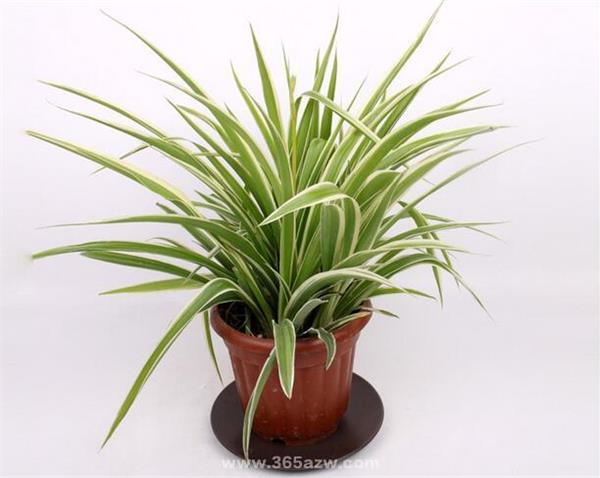
The above is the relevant introduction of Phnom Penh hanging orchid culture methods, I hope you can enjoy today's article.
It's usually easy to reproduce. When planting, as long as the stolon with new buds of 5-10 cm is inserted into the soil, it can take root in about a week, transplant in a pot in about 20 days, and be watered thoroughly and maintained in a shady place.
2. The method of split-plant propagation: during split-plant propagation, the plant of Cymbidium can be lifted out of the basin, the old soil and rotten root can be removed, and the old root can be cut open, so that there are three stems on the split plant, and then transplanted and cultured respectively. The clustered stems and leaves on the stolon of Cymbidium can also be cut (in fact, it is a new plant larva, with leaves on the top and air roots on the bottom), and can be planted directly in the flowerpot.
3. The method of sowing and propagation: the seed propagation of Cymbidium can be carried out in March every year. Because its seed grain is not big, the covering soil above should not be thick after sowing, generally 0.5 cm. Under the condition of 15 ℃, the seeds can germinate in about 2 weeks, and then transplant and culture after the seedlings take shape.

The above is the relevant introduction of Phnom Penh hanging orchid culture methods, I hope you can enjoy today's article.
Related
- Wuhan Hospital Iron Tree Blooming Result Was Instantly Frightened by the Gardener Master
- Which variety of camellia is the most fragrant and best? Which one do you like best?
- What is the small blue coat, the breeding methods and matters needing attention of the succulent plant
- Dormancy time and maintenance management of succulent plants during dormancy
- Minas succulent how to raise, Minas succulent plant pictures
- What are the varieties of winter succulent plants
- How to raise succulent plants in twelve rolls? let's take a look at some experience of breeding twelve rolls.
- Attention should be paid to water control for succulent plants during dormant period (winter and summer)
- Watering experience of twelve rolls of succulent plants
- Techniques for fertilizing succulent plants. An article will let you know how to fertilize succulent plants.



